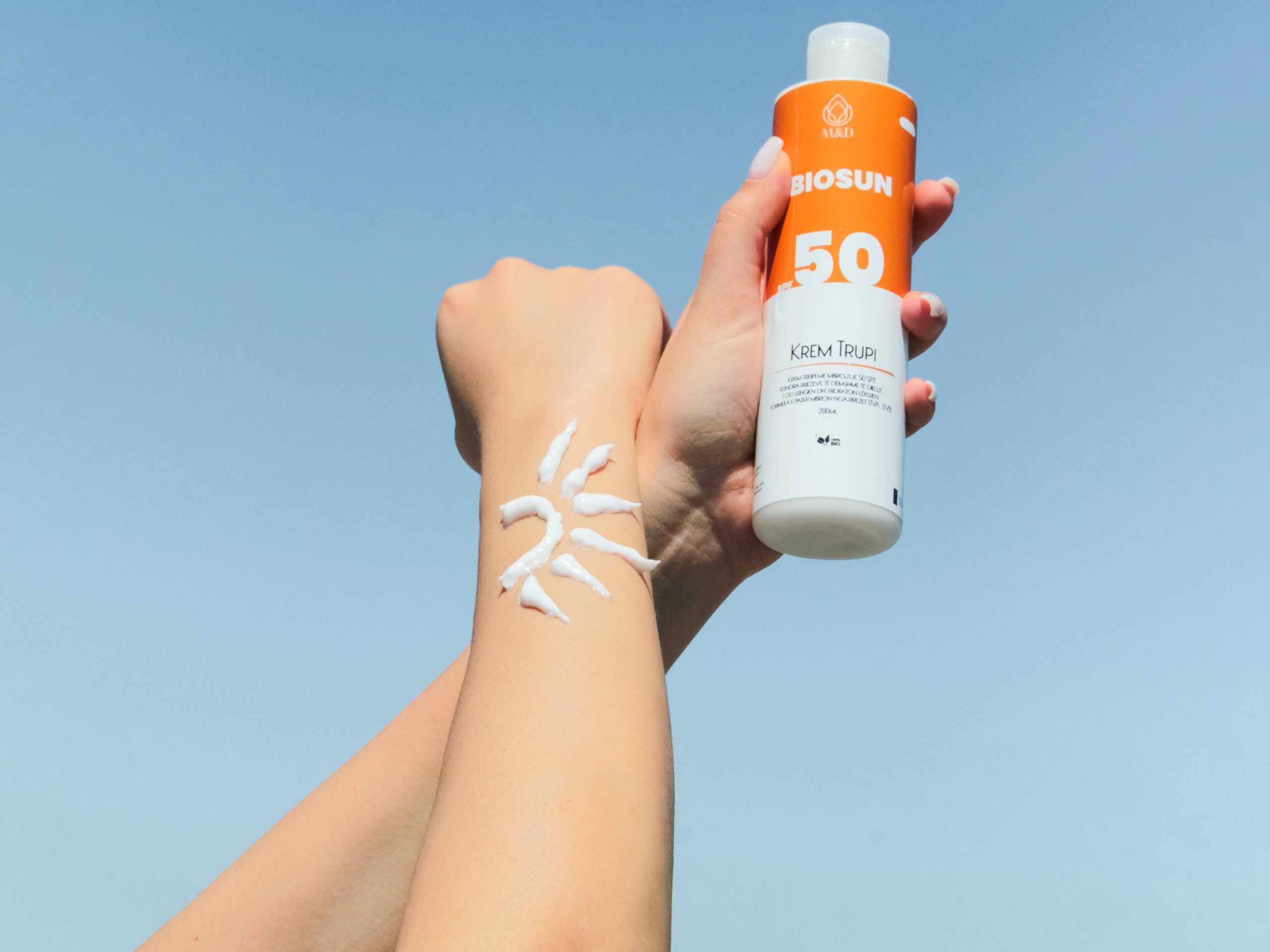Everything You Need To Know About Sunscreen – types, layering in skincare, makeup, and more
Sunscreen is the most important step in any skincare routine.

Skin cancer is preventable with proper precautions, and as the sun gets hotter, we have to be more proactive. In fact, if you only use sunscreen, it is already better than a 12 step skincare routine with no sun protection.
But we all have questions, issues, and concerns like “how do you layer sunscreen?”, “do you use primer before or after sunscreen?”, “do you use moisturizer before or after sunscreen?”, or even “can you mix moisturizer and sunblock?”.
And while we’re at it, “is there a difference between sunscreen and sunblock?”.
(Spoiler alert, yes, yes there is)
So many questions, so little time. No worries, here are the most common sunscreen questions answered! All these questions and many more.
What’s the Difference Between Organic and Inorganic Sunscreen? (Chemical vs Mineral)
In this article, the words sunscreen and sunblock will be used interchangeably, but they refer to two different mechanisms to protect you from the sun.
Organic sunscreens, also called chemical sunscreens, absorb UV radiation so that it doesn’t penetrate deep into the skin. This means they redirecting the light. This includes avobenzone, octisalate, homosalate, and octinoxate.
Inorganic sunblock, also called mineral sunblock, use zinc oxide or titanium oxide. They work by bouncing light off the surface of the skin, literally blocking rays from entering.
While both are highly effective, science has found that mineral sunblocks protect for longer.
Remember that you should not mix a physical and chemical sunscreen. This may dilute and reduce the effectiveness of both!
How Do You Layer Sunblock in a Morning Skincare Routine?
Sunscreen should be one of the final steps in your morning skincare routine. It should be done before any makeup routine you do (if you use nakeup that is!).
Sunscreen should go on after your morning moisturizer, as the protective ingredients should go on top of beneficial skincare ingredients.
If you are using a chemical sunscreen, apply it about 30 minutes before sun exposure to allow it to absorb into the skin. A mineral sunblock is effective immediately so it does not have a wait time.
How Much Sunblock Should You Use?
It is recommended to use about ½ to ⅓ teaspoon, about .04 ounces, on the face and neck.
This can be measured by streaking two of your fingers with sunblock, as this should be enough for the face and neck and will be the proportional amount to your face.
For the body, it is recommended to be the amount of a shot glass, or 1 ounce.
Doesn’t Sunscreen Prevent Vitamin D Production?
Yes, vitamin D synthesis cannot happen if you are covered head to toe in sun protection.
While taking in some sun is incredibly important for health and production of vitamin D, we want to do so in a safe and controlled manner.
Vitamin D is not abundant in the food we eat, therefore sunbathing safely is important. Sunscreen, darker skin tones, less time outside, or full-cover clothing can be causes of vitamin D deficiency.
Vitamin D is vital to almost every part of wellbeing; it is a part of our immune system, strengthens our bones, reduces inflammation, and is part of cellular growth and repair.
The World Health Organization (WHO) has stated that sunbathing on your arms and legs for 10 to 20 minutes at least 3 times a week would be enough, depending on time of day, location, and skin tone. For example, from 10 am to 3 pm, sunlight is usually more intense, therefore less time is needed.
We never want to tan and most certainly don’t want to burn!
Can You Mix Moisturizer and Sunblock?
It is not recommended to mix your moisturizer and sunblock, as it becomes difficult to tell just how much SPF you are using.
Additionally, some ingredients may interact in weird ways, and may even degrade the spf, so it’s better to keep these two separate!
If you have a moisturizer with SPF in it, it may be less effective than a product that is just sunscreen, as other ingredients dilute and it is hard to tell how much SPF you are applying.
Plus, we should be reapplying sunscreen, and this might not be the case or even possible with moisturizer.
Can You Just Use Makeup with SPF in it?
No you cannot, for the same reason that moisturizer and sunscreen should not be mixed.
Applying enough sunscreen to protect your face with your foundation is well, a lot of foundation!
It can be anywhere from 7 to 12 pumps of foundation to get the recommended .04 ounce of SPF for the face, when people usually use 1 or 2 pumps, max.
Does Your Makeup Primer Go on Before or After Sunscreen?
Primer should go on after a sunscreen, as this will also help form a layer of protection between the sunscreen and make up.
This will help the SPF last, as well as keep your makeup from sliding around!
How Do You Reapply Sunscreen over Makeup?
There are many options to reapply sun protection over make up.
Some sunblocks now come in a powder from, allowing you to reapply SPF protection over makeup.
Others come in a gel stick form that does not rub away makeup.
Another option is to put on a pair of sunglasses and use a spray sunscreen, almost like a setting spray. Again, watch out for the eyes!
The Takeaway
Sunblock can be tricky but it is definitely necessary for skin health.
You can choose from a chemical sunscreen or a mineral sunblock, depending on your skin type, needs, and wants, but make sure to include one in your morning routine and reapply as needed!
Take in some sun on the legs and arms for vitamin D production, as vitamin D is highly important, but make sure to never tan or burn if possible.
Using a product that is dedicated to sun protection is better than using makeup with sunscreen or a moisturizer with sunscreen as mixed products don’t let you control the amount of SPF applied to the face.
Remember the two finger rule for the face, and the shot glass rule for the body!
Everyone needs a skincare routine, even if you don’t wear makeup, as the skin should be supported and protected always.
The most important step: sun protection!






Woah! I’m really loving the template/theme of this site.
It’s simple, yet effective. A lot of times it’s very
hard to get that “perfect balance” between user friendliness
and visual appearance. I must say that you’ve done a awesome job with this.
In addition, the blog loads super quick for me on Firefox.
Outstanding Blog!